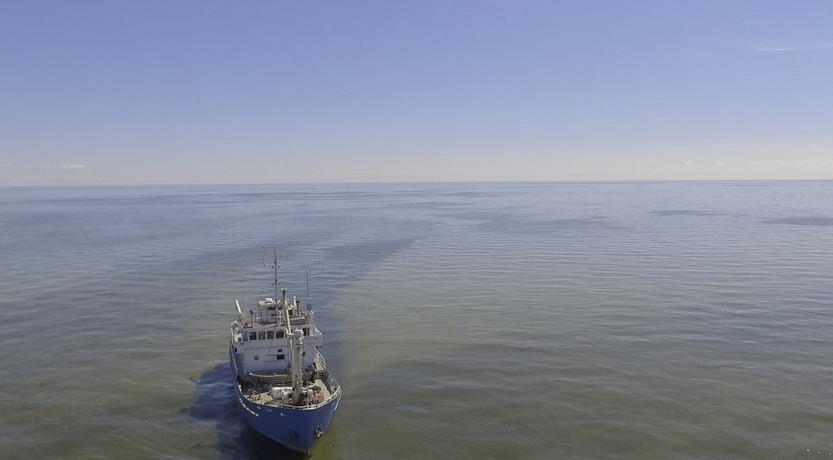Trinity College Dublin researchers study phosphorous cycling and water quality

Using the Canadian Light Source at the University of Saskatchewan, Trinity College Dublin researchers have studied long term phosphorus storage and release in environmental systems, information which can help guide water quality management
Phosphorus applied to agricultural crops is stored in various mineral and organic forms. This accumulated phosphorus is termed “legacy phosphorus” and can take decades to eventually mineralize and leach back into aquatic systems in a form living things can use. As the phosphorus is cycled back, water quality can initially degrade when phophate inputs are stopped or significantly reduced.
Dr. David O’Connell, Assistant Professor of Contaminant Hydrology and Hydrogeology at Trinity College Dublin recently published two papers with international collaborators that explore legacy phosphorus in river and lake systems, elucidating the processes and mechanisms through which phosphorus is stored and released in these systems over the long term.
“In many parts of the world policy makers are asking ‘why do we not see an immediate improvement in water quality in many of the rivers and lakes where attenuation actions are put in place”
“In many parts of the world policy makers are asking ‘why do we not see an immediate improvement in water quality in many of the rivers and lakes where attenuation actions are put in place, what’s going on?’” said O’Connell. “What is happening is bioavailable phosphorus is being leached from sedimentary legacy phosphorus sources.” Their recent work indicates this can take as much as 70 years to fully leach.
“A lot of good work is being done in attempting to tackle this issue and the fact that legacy phosphorus can take time to leach from impacted systems means the benefits of abatement measures will not be evident immediately so we must be patient. We need to consider the biogeochemistry and stay the course to improve our water quality.”
Overall the findings will enable researchers to develop better techniques for agricultural management, nutrient control and recovery to help protect our waterways from phosphorus enrichment and degradation of water quality.











